Marketing on a Shoestring Budget
American Association for State and Local History
Book Series
Series Editor: Russell Lewis, Chicago History Museum
Editorial Advisory Board
Anne W. Ackerson, Leading by Design
William Bomar, University of Alabama Museums
Jessica Dorman, The Historic New Orleans Collection
W. Eric Emerson, South Carolina Department of Archives and History
Tim Grove, National Air and Space Museum
Jane Lindsey, Juneau-Douglas City Museum
Ann E. McCleary, University of West Georgia
Laurie Ossman, Preservation Society of Newport County
Sarah Pharaon, International Coalition of Sites of Conscience
Laura Roberts, Roberts Consulting
Sandra Smith, Heinz History Center
Kimberly Springle, Charles Sumner School Museum and Archives
Will Ticknor, New Mexico Department of Cultural Affairs
William S. Walker, Cooperstown Graduate Program, SUNY Oneonta
Staff
Bob Beatty, AASLH
Charles Harmon, Rowman & Littlefield Publishers
About the Series
The American Association for State and Local History Book Series addresses issues critical to the field of state and local history through interpretive, intellectual, scholarly, and educational texts. To submit a proposal or manuscript to the series, please request proposal guidelines from AASLH headquarters: AASLH Editorial Board, 1717 Church St., Nashville, Tennessee 37203. Telephone: (615) 320-3203. Website: www.aaslh.org.
About the Organization
The American Association for State and Local History (AASLH) is a national history membership association headquartered in Nashville, Tennessee. AASLH provides leadership and support for its members who preserve and interpret state and local history in order to make the past more meaningful to all Americans. AASLH members are leaders in preserving, researching, and interpreting traces of the American past to connect the people, thoughts, and events of yesterday with the creative memories and abiding concerns of people, communities, and our nation today. In addition to sponsorship of this book series, AASLH publishes History News magazine, a newsletter, technical leaflets and reports, and other materials; confers prizes and awards in recognition of outstanding achievement in the field; supports a broad education program and other activities designed to help members work more effectively; and advocates on behalf of the discipline of history. To join AASLH, go to www.aaslh.org or contact Membership Services, AASLH, 1717 Church St., Nashville, TN 37203.
Marketing on a Shoestring Budget
A Guide for Small Museums and Historic Sites
Deborah Pitel
ROWMAN & LITTLEFIELD
Lanham Boulder New York London
Published by Rowman & Littlefield
A wholly owned subsidiary of The Rowman & Littlefield Publishing Group, Inc.
4501 Forbes Boulevard, Suite 200, Lanham, Maryland 20706
www.rowman.com
Unit A, Whitacre Mews, 26-34 Stannary Street, London SE11 4AB
Copyright 2016 by Rowman & Littlefield
All rights reserved . No part of this book may be reproduced in any form or by any electronic or mechanical means, including information storage and retrieval systems, without written permission from the publisher, except by a reviewer who may quote passages in a review.
British Library Cataloguing in Publication Information Available
Library of Congress Cataloging-in-Publication Data
Names: Pitel, Deborah, author.
Title: Marketing on a shoestring budget : a guide for small museums and historic sites / Deborah Pitel.
Description: Lanham, MD : Rowman & Littlefield [2015] | Series: American Association for State and local history book series | Includes bibliographical references and index.
Identifiers: LCCN 2015046316 (print) | LCCN 2015049256 (ebook) | ISBN 9781442263505 (cloth : alk. paper) | ISBN 9781442263512 (pbk. : alk. paper) | ISBN 9781442263529 (electronic)
Subjects: LCSH: MuseumsUnited StatesMarketing. | MuseumsPublic relationsUnited States.
Classification: LCC AM11 .P55 2015 (print) | LCC AM11 (ebook) | DDC 069/.0688dc23
LC record available at http://lccn.loc.gov/2015046316
 The paper used in this publication meets the minimum requirements of American National Standard for Information SciencesPermanence of Paper for Printed Library Materials, ANSI/NISO Z39.48-1992.
The paper used in this publication meets the minimum requirements of American National Standard for Information SciencesPermanence of Paper for Printed Library Materials, ANSI/NISO Z39.48-1992.
Printed in the United States of America
In memory of my father, Sam Smith,
whose love of history was passed down to me.
Contents
FIGURES
If We Build It, Will They Come?
How many times have we asked that question of ourselves? Whether its an exhibit, special event, or a new attraction, are we ever sure that our audience will show up? I remember early in my career having a conversation with a board member who had just sold his car dealership franchise. The new owner had spent millions of dollars building a state-of-the-art dealership on the edge of town, but was surprised that he was not generating much business. My board member commented to me that just because one thought that his or her project, or in his case, new dealership, was the hottest thing since sliced bread, it did not mean the rest of the world thought so too.
Like any project that we undertake in this business, the answer to the question about success or failure is all about audience. Who are we talking to? Are we talking to ourselves or to our visitors? Surprisingly, I think we often are talking to ourselves and not to the people we are trying to reach.
Remember that the late great philosopher and communication theorist Marshall McLuhan once said, The Medium is the Message. This is so very true, as I have recently learned. As the director of a public history program at Northern Kentucky University, part of my job is to recruit new students. I personally believe that my program is the best (I am sure there are plenty out there who would argue that point), so my job, I thought, was to simply show potential students how great we really are. So being the wise program director that I am, I had a video made for our website, bought some print ads, and printed brochures and posters. The result of all this hard work, however, was that our recruitment numbers plummeted.
What had I done wrong? Where were my many new students? Well obviously they did not get the message I had sent them, even though I placed our message in all the places that a middle-aged white male would expect to find them. Thank God for my twenty-something graduate assistant, who introduced me to Facebook and Twitter. This is where my audience had been hiding. I was not supposed to be looking for students who look like me; I was supposed to be looking for students who look like studentsyoung people who are thinking about their careers, not people who already have one.
The difference has been remarkable. We now get attention from around the country and our traditional recruiting numbers are double what they were before we started. Best of all, the budget is smaller and we have the satisfaction of our money being well spent. As another board member once told me about advertising for his business: I know half my advertising dollar is wasted, the problem is I do not know which half. Figuring that out is half the battle.
I am excited about this book. Ms. Pitel is a fresh voice on the museum and library marketing landscape. This book offers you ideas and fresh points of discussion to begin a journey from frustration to success in marketing your event, museum, or other project. No book, website, or other form of communication can be the end all, be all, when it comes to getting your message out. I think you will find that this book is a remarkable place to start.
Next page
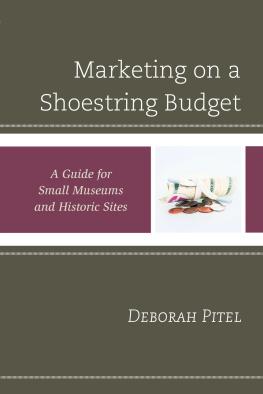
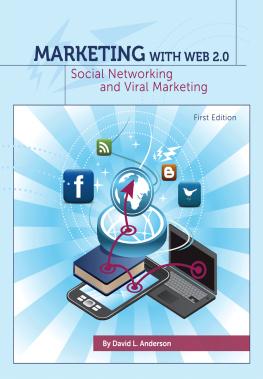
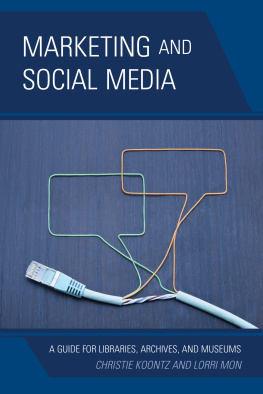
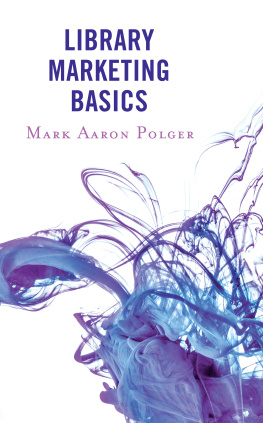


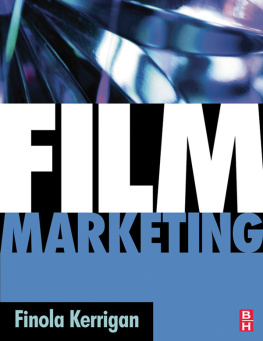
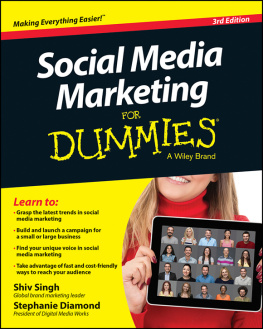
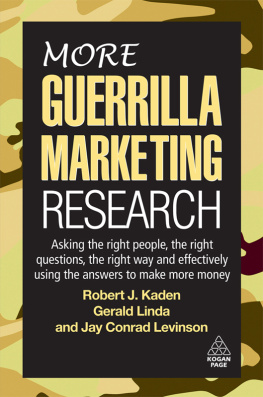
![Heather Fitzpatrick [Heather Fitzpatrick] - Marketing Management For Non-Marketing Managers](/uploads/posts/book/124049/thumbs/heather-fitzpatrick-heather-fitzpatrick.jpg)

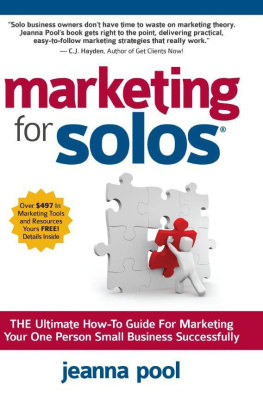
 The paper used in this publication meets the minimum requirements of American National Standard for Information SciencesPermanence of Paper for Printed Library Materials, ANSI/NISO Z39.48-1992.
The paper used in this publication meets the minimum requirements of American National Standard for Information SciencesPermanence of Paper for Printed Library Materials, ANSI/NISO Z39.48-1992.